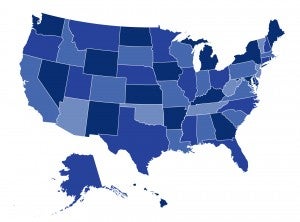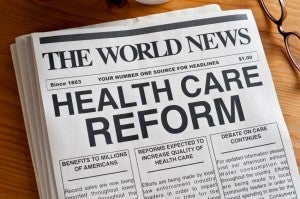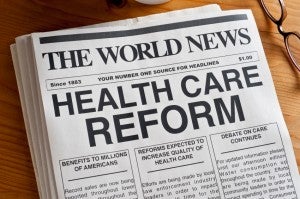New CHIR Report Examines Federal-State Partnership in No Surprises Act Implementation

The No Surprises Act (NSA) aims to protect consumers facing surprise medical bills after receiving care from out-of-network providers under circumstances beyond their control. In a new report for the Commonwealth Fund, CHIR experts look at how states are working with the federal government to implement this landmark law.




